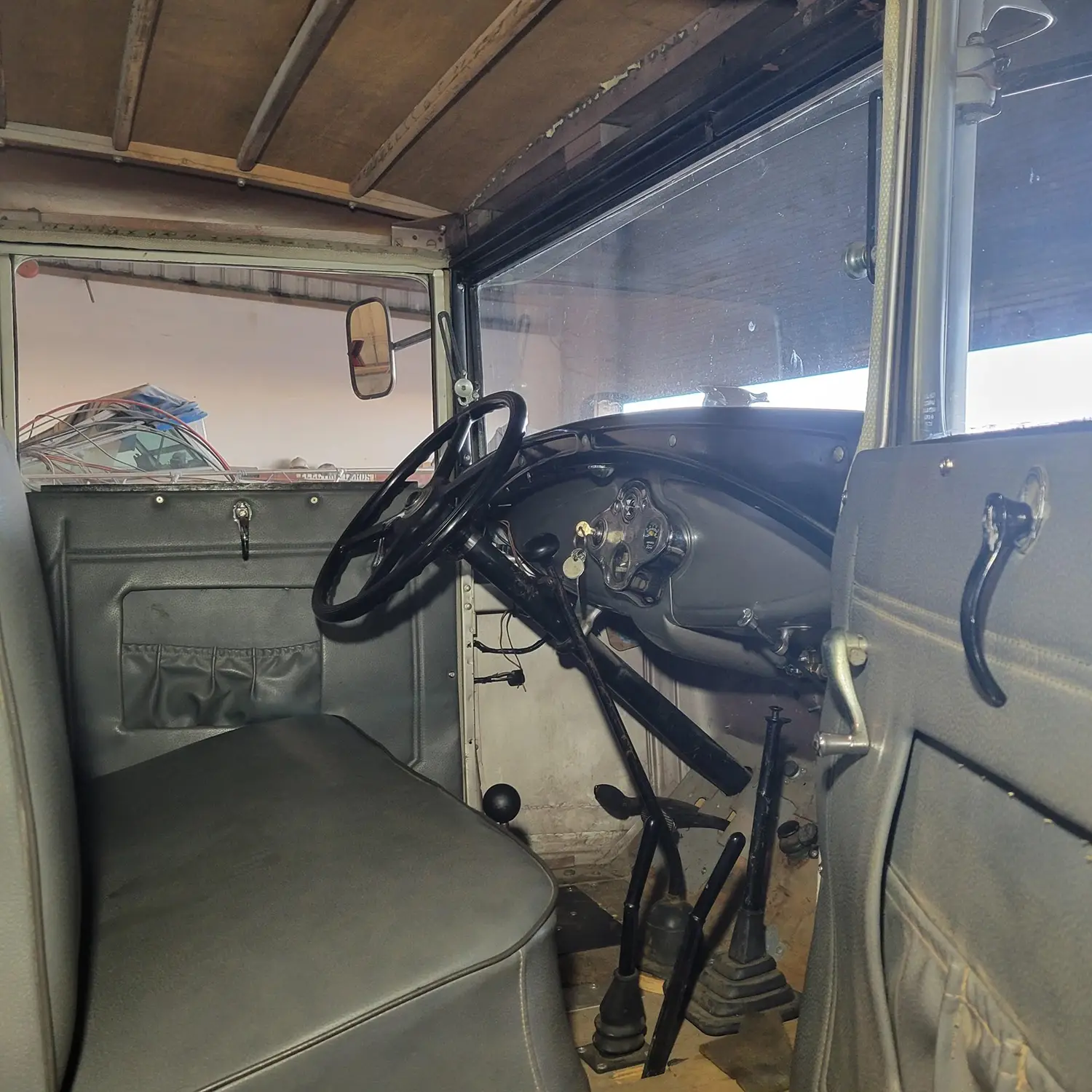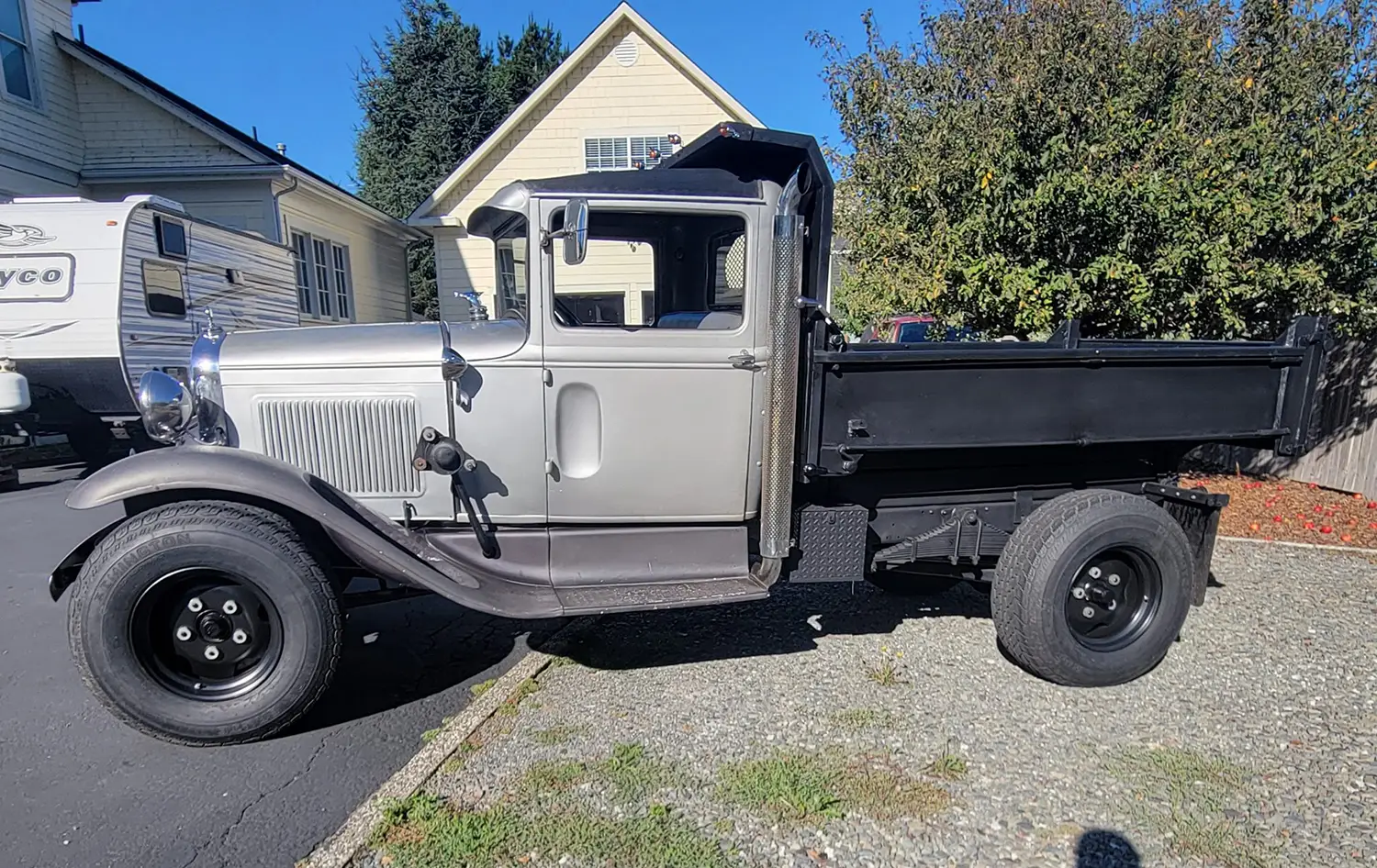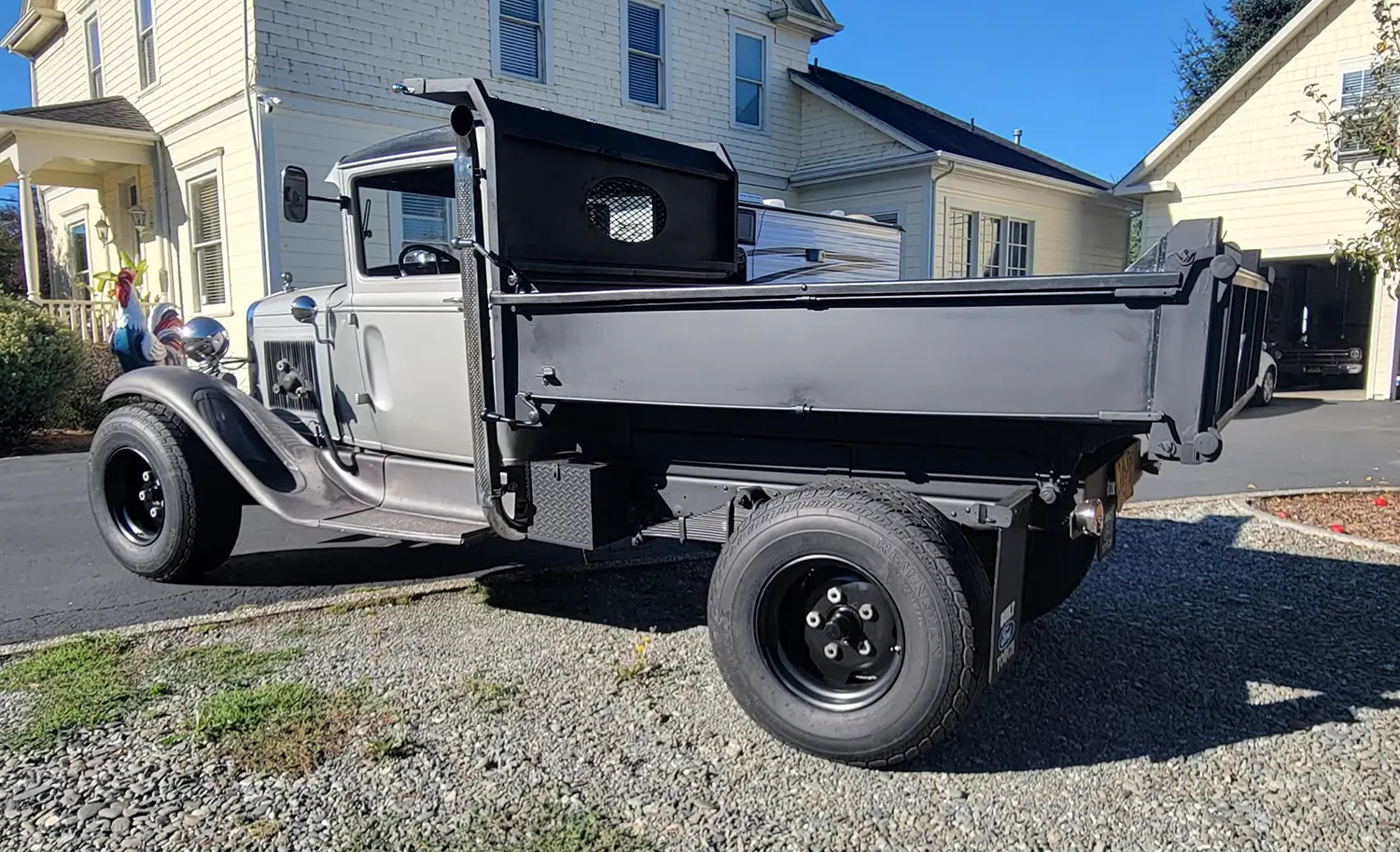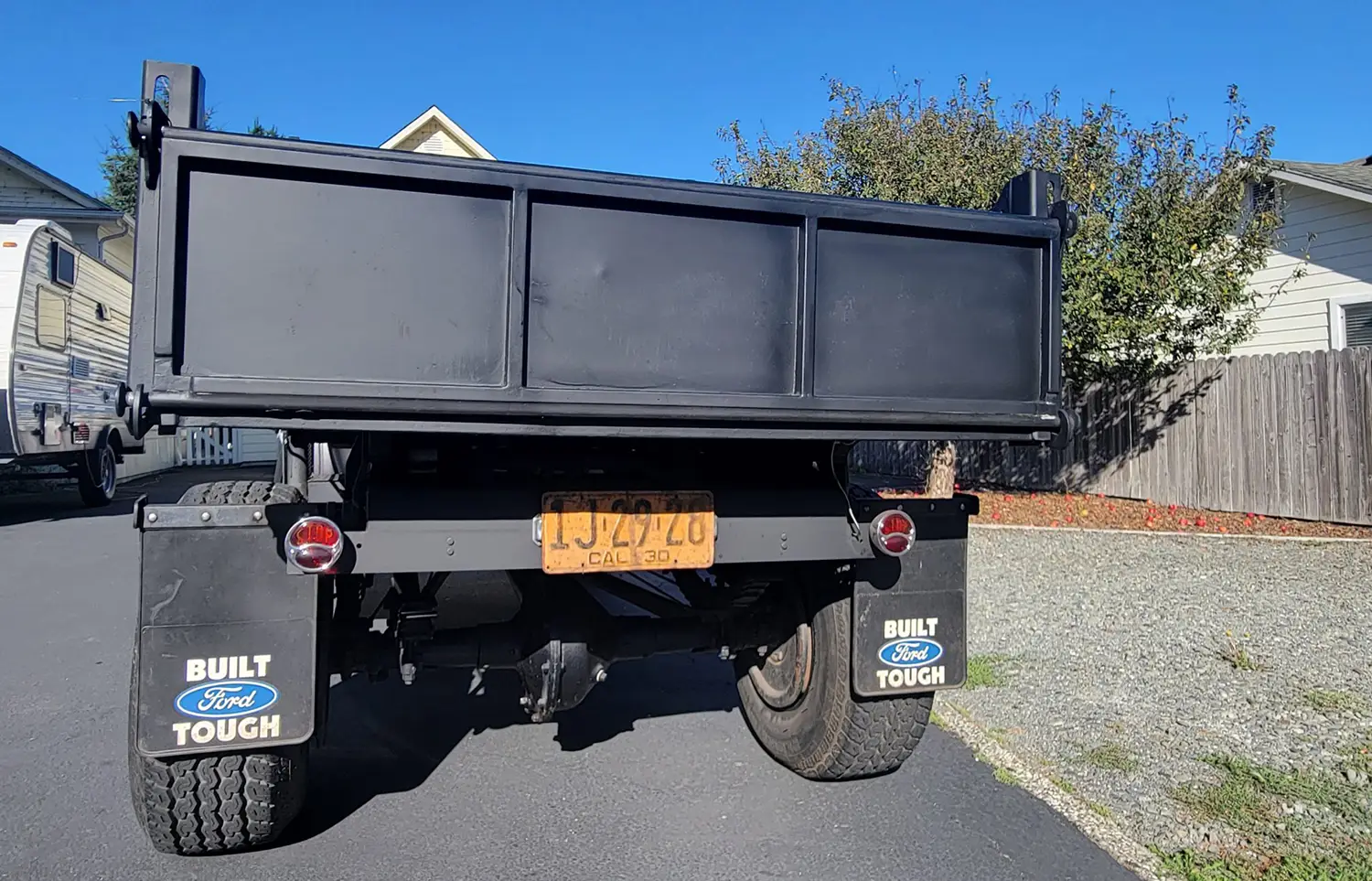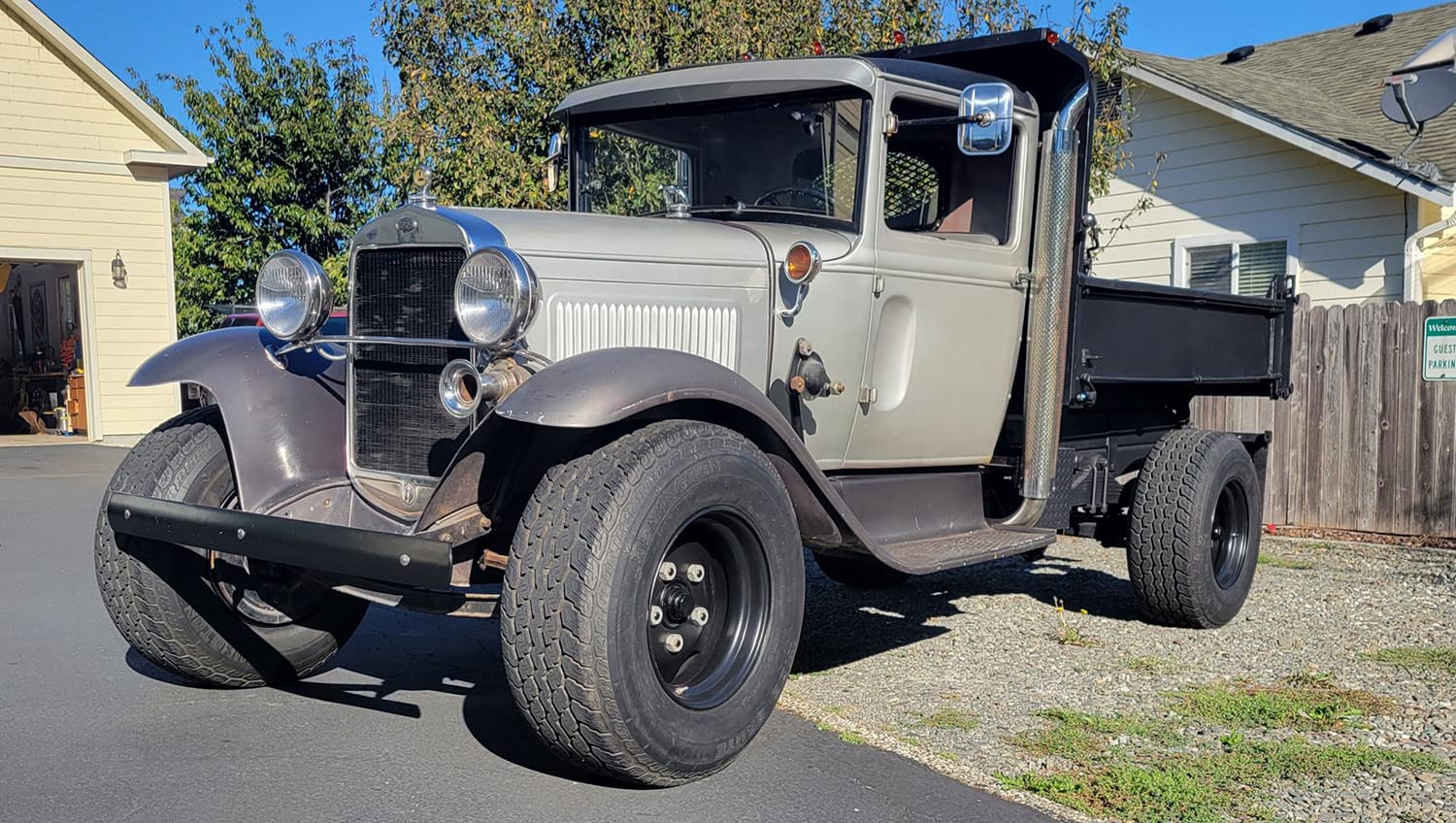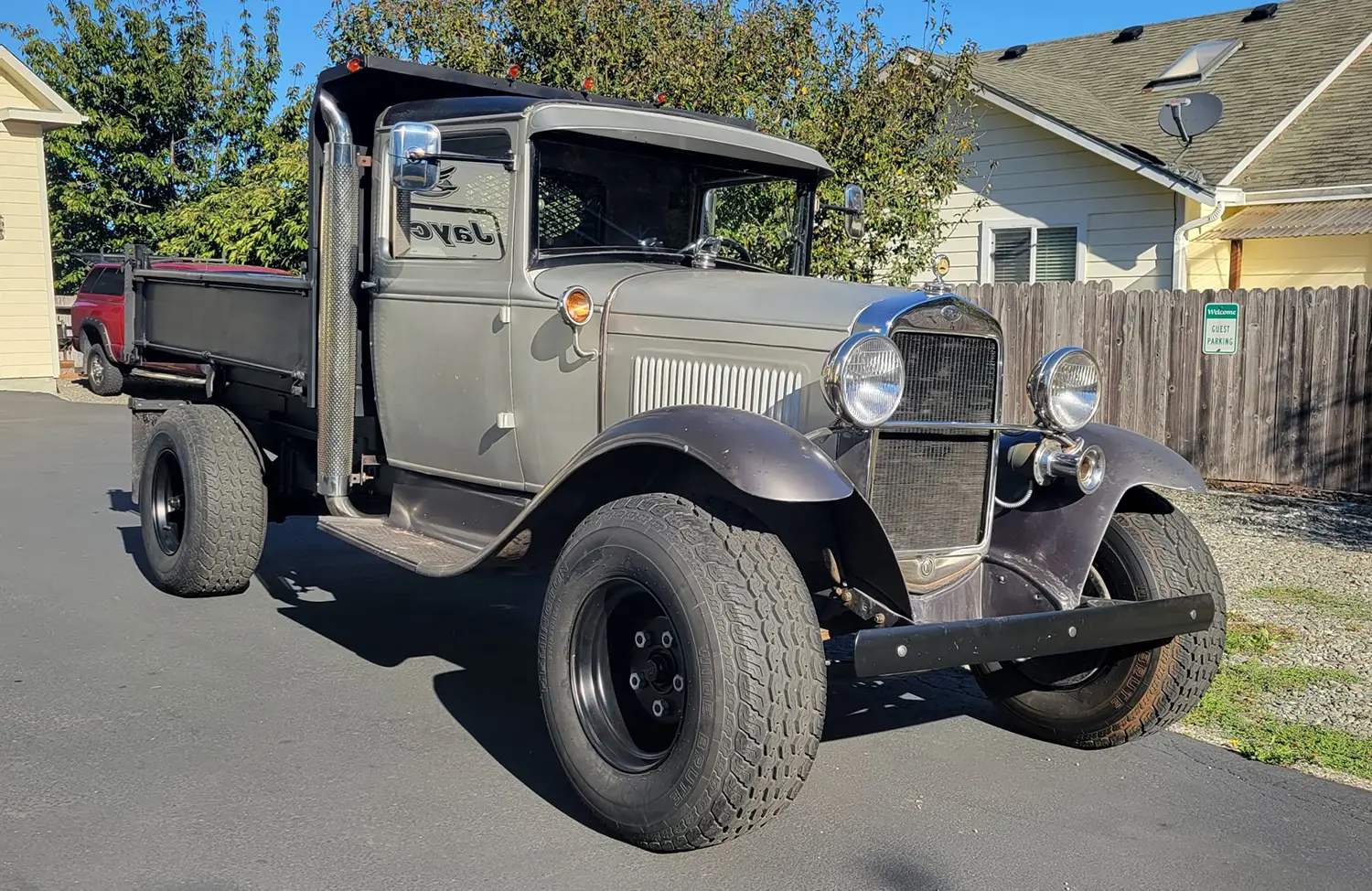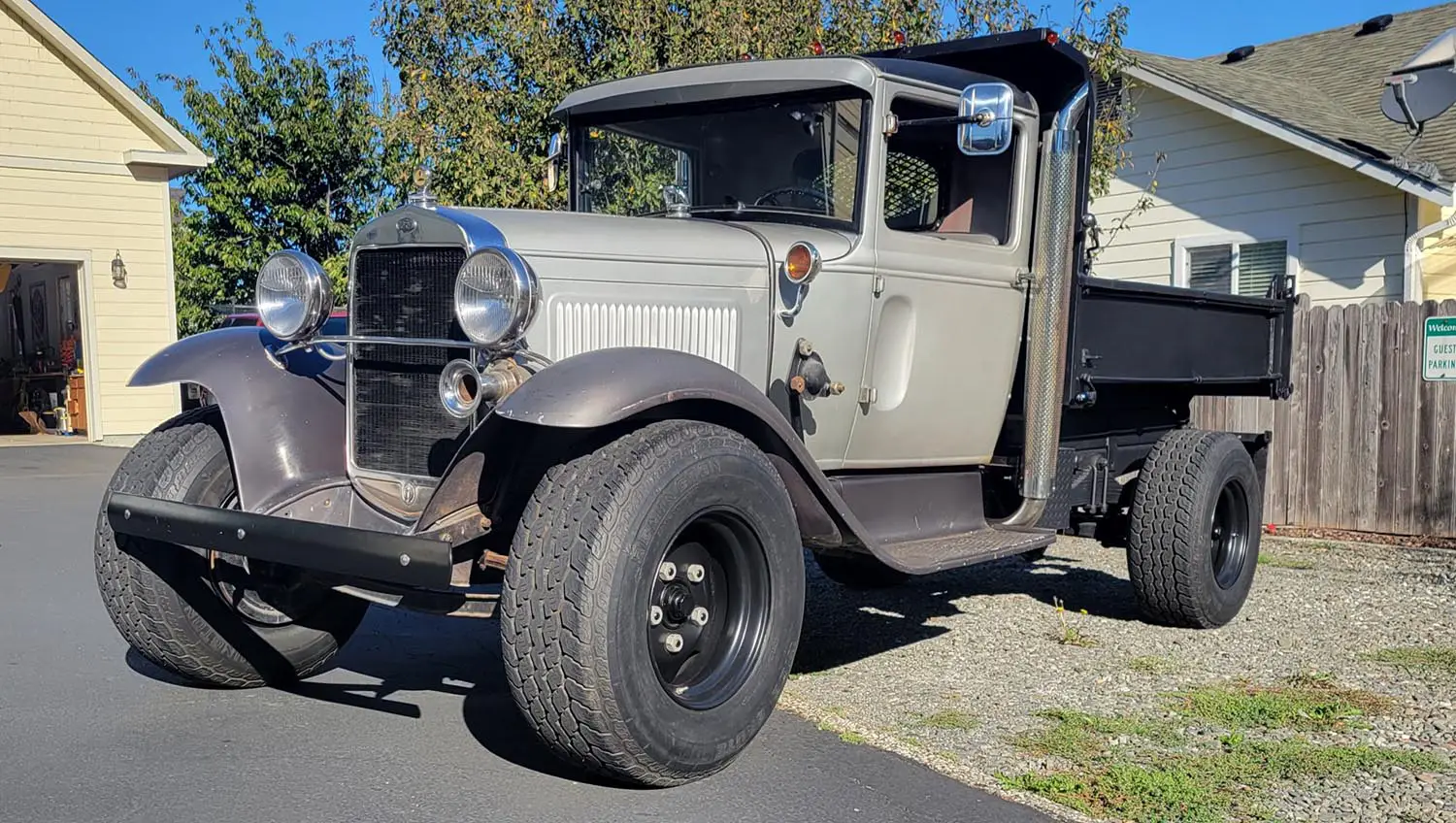
In the world of pre-war commercial vehicles, the 1930 Ford Model AA Dump Truck holds a special place. It was the crucial link in Ford’s commercial lineup, positioned above the popular Model A passenger car and lighter trucks. The Model AA was fundamentally a beefed-up version of the Model A chassis, engineered for the daily grind of industry and construction. This particular example, a beautifully preserved dump truck, illustrates the Model AA’s dedication to heavy-duty utility. Having been refurbished in the 1990s, the truck recently emerged from long-term storage for recommissioning, ensuring its historical value remains intact.
Evolving Ford’s Commercial Heritage
The Model AA truck was introduced in 1927, concurrently with the celebrated Model A car. It shared many body and engine components with its passenger car counterpart. However, its purpose was entirely different, necessitating a complete re-engineering of the chassis. Ford’s engineers equipped the Model AA with a longer wheelbase and a significantly reinforced frame. This design created a sturdy platform capable of handling substantial loads. Consequently, the Model AA cemented Ford’s position in the lucrative one-and-a-half-ton truck market.
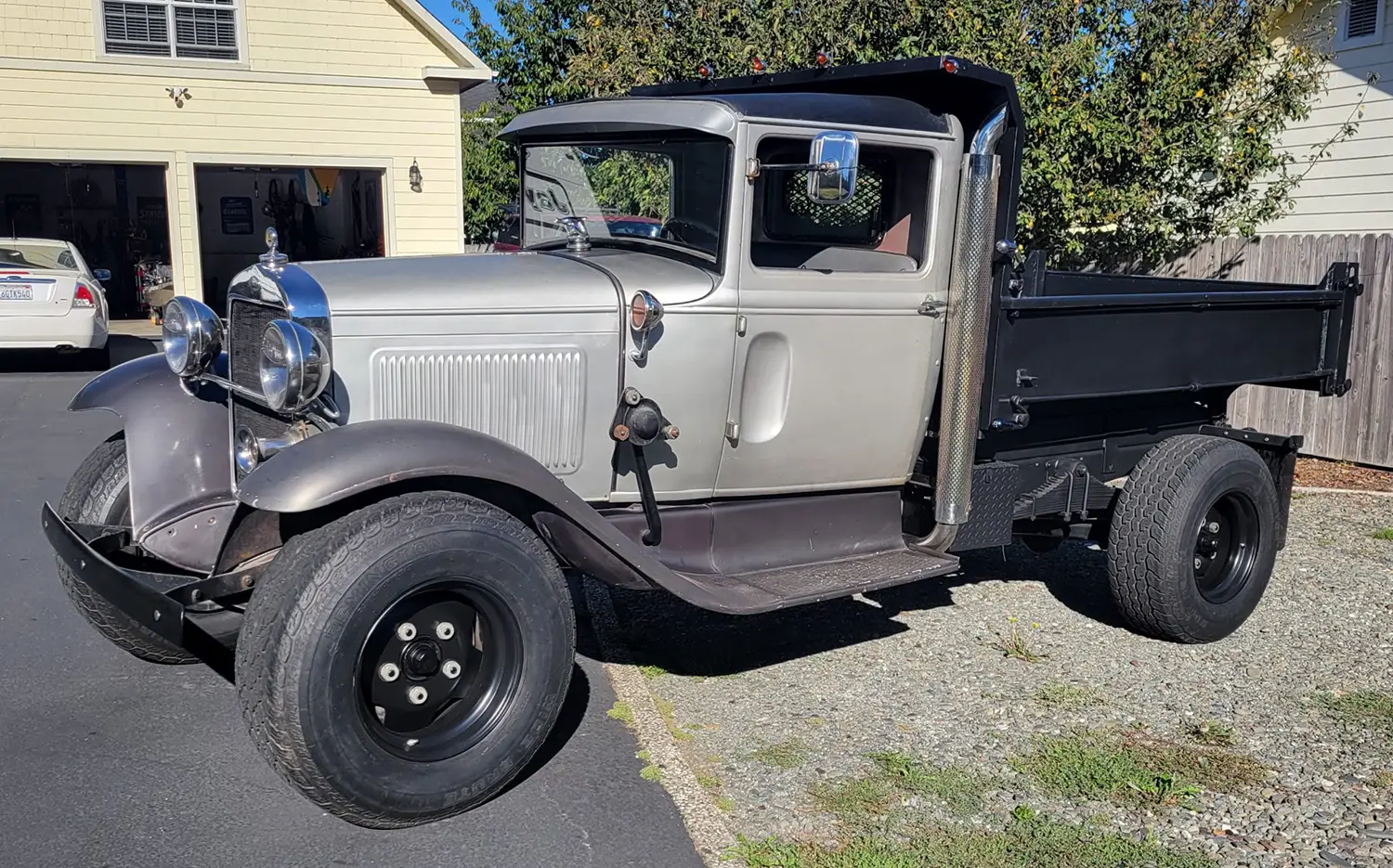
A Chassis Built for Hard Work
To withstand the rigors of heavy hauling, the 1930 Ford Model AA received numerous structural upgrades. It used a robust I-beam front axle and a reinforced rear axle assembly. The truck’s suspension system was specifically designed for load bearing. It retained the front suspension characteristics of the Model A but featured heavy-duty, chassis-mounted leaf springs shackled to the rear. This stronger foundation was absolutely essential for the kind of tough work a dump truck body demanded. This specific example features Budd solid steel wheels, which were common on the heavy-duty models.
The Functional Design of the Dump Truck
The dump truck configuration showcases the Model AA’s industrial versatility. The black-painted dump bed on this example is controlled through a cab-engaged Power Take-Off system. This PTO activates a hydraulic pump, which in turn lifts the bed for unloading. The functionality of this system highlights the mechanical ingenuity of the era. The dump body was recently sandblasted and painted, preserving its functional appearance and utility. Such features made the Model AA indispensable on construction sites and farms.
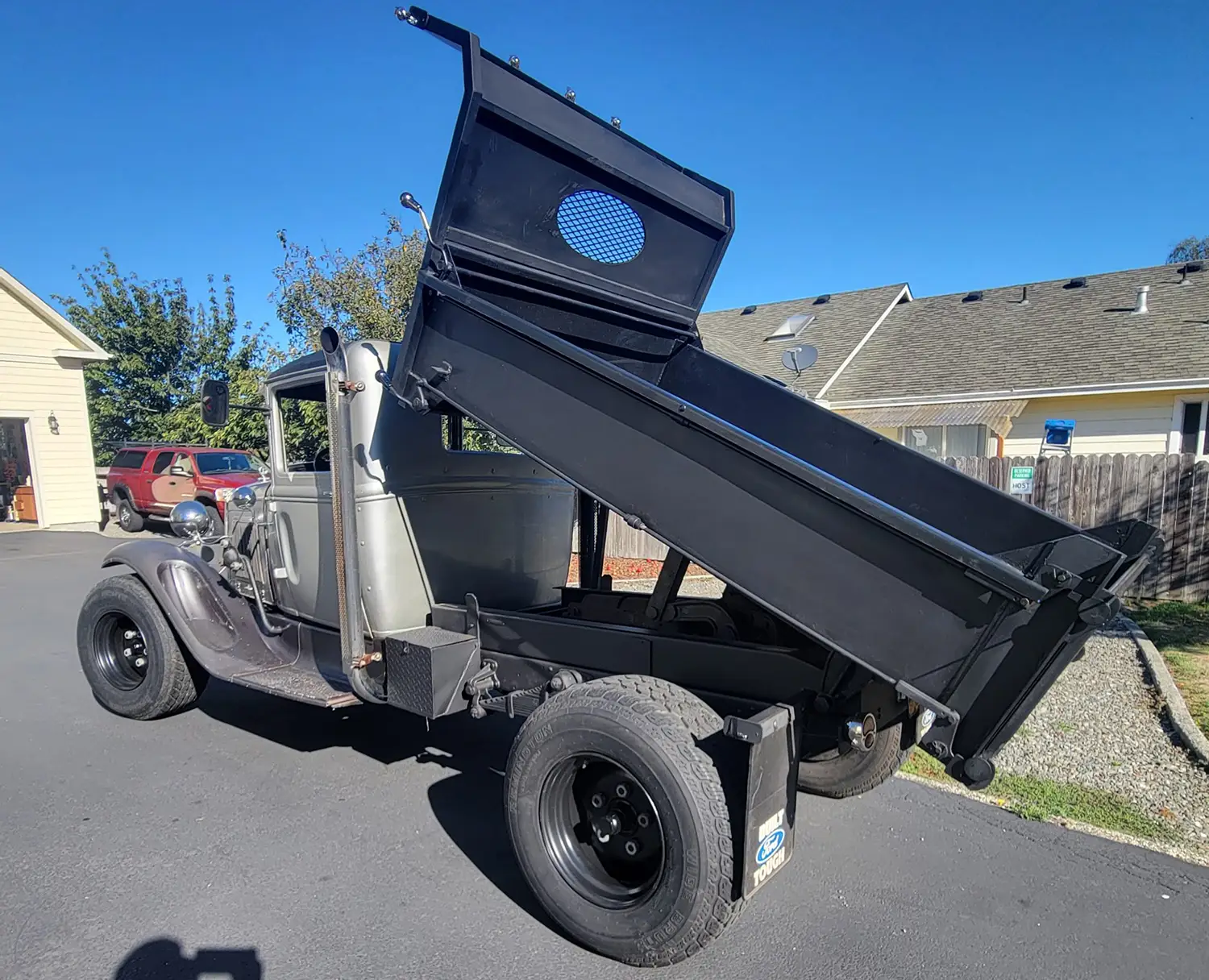
The Utilitarian and Classic Cab Interior
Stepping into the cabin, you immediately notice the functional design typical of a 1930 Ford Model AA. The cab features a simple bench seat trimmed in gray vinyl, prioritizing durability over luxury. The dashboard is painted body-color, housing minimal instrumentation. It includes a barrel-type speedometer and an ammeter, though the speedometer on this truck is currently non-working. The four-spoke steering wheel controls a purely mechanical steering system. This sparse, purposeful interior reflects the Model AA’s primary role as a dedicated tool for business.
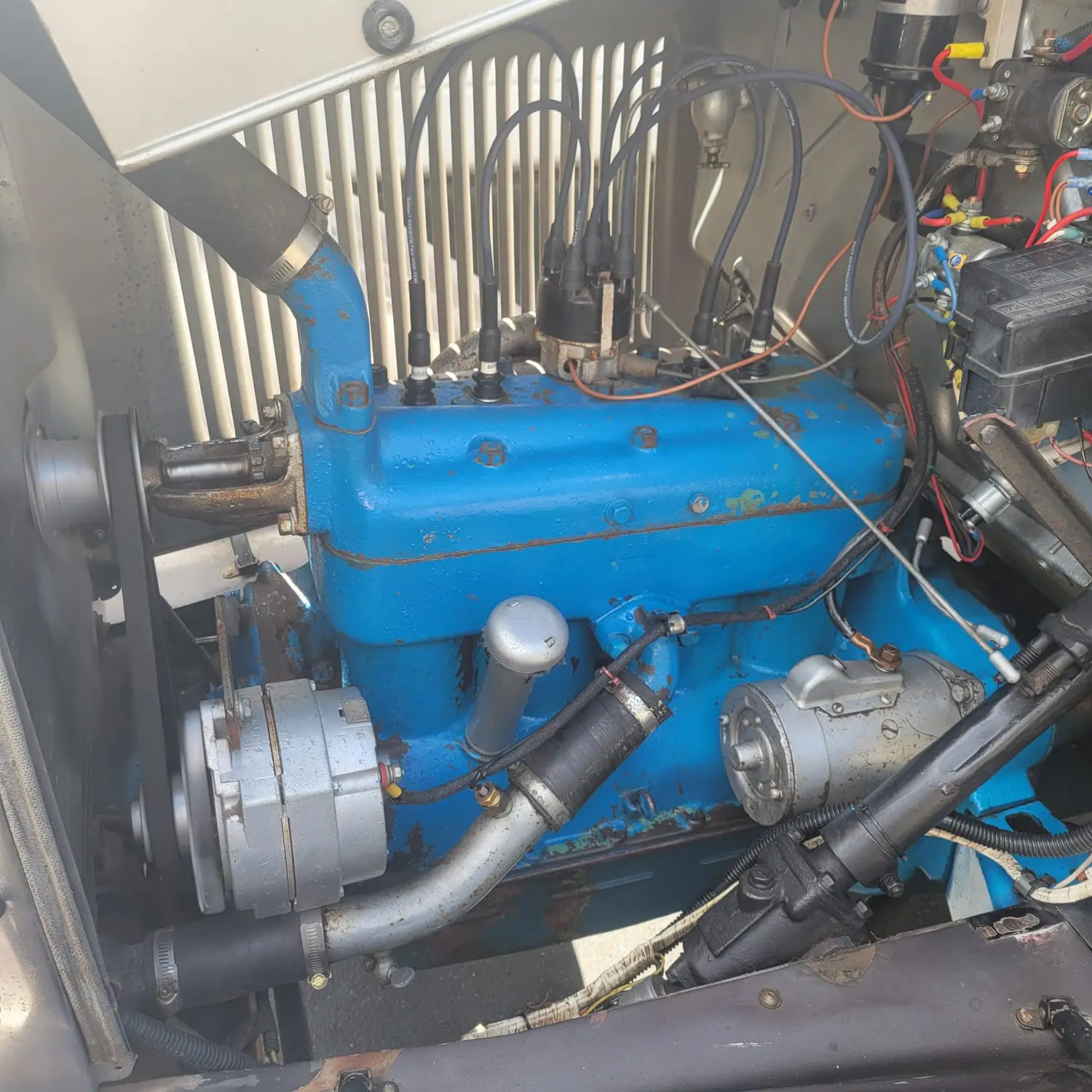
A Look at Power and Mechanical Systems
The 1930 Ford Model AA Dump Truck is powered by a replacement 201 cubic inch L-head inline-four engine. This engine is essentially the same reliable powerplant used in the contemporary Model A. The L-head inline-four was factory rated at 40 horsepower and 128 lb-ft of torque. It uses an alternator as part of a modern 12-volt electrical system conversion, enhancing starting reliability. Power transfers to the rear wheels via a four-speed manual transmission. Crucially, an auxiliary reduction gearbox is also fitted. This gearbox provides significantly lower gearing, granting the truck the necessary torque to move a fully loaded dump bed from a standstill. Braking is handled by mechanical drums on all four corners, a notable upgrade over the earlier Model T’s braking system. Recent maintenance on this truck included replacing the spark plugs, wires, and distributor components, along with installing a new Tillotson carburetor.
A Mechanical Icon of its Era
This 1930 Ford Model AA Dump Truck truly embodies the enduring spirit of early American commercial vehicles. Its rugged construction, heavy-duty gearing, and hydraulic dump capability were cutting-edge for the time. This specific truck’s journey through multiple refurbishments and coast-to-coast relocation only adds to its rich story. It represents a hands-on piece of history that continues to move under its own power. The Model AA remains a cherished artifact, a tangible link to the days when American infrastructure was being built.
Disclaimer: This article is for informational and entertainment purposes only. The information provided is based on market trends and personal opinions and should not be considered financial or investment advice. Readers should always conduct their own research and consult with a professional advisor before making any decisions.
Source & Details: bringatrailer.com
